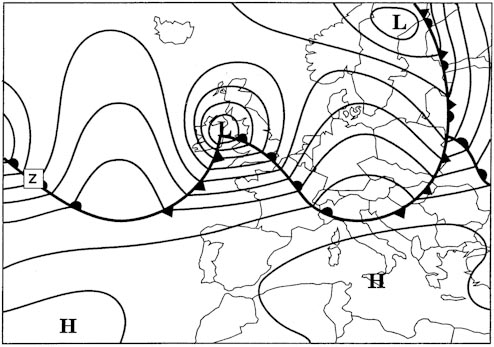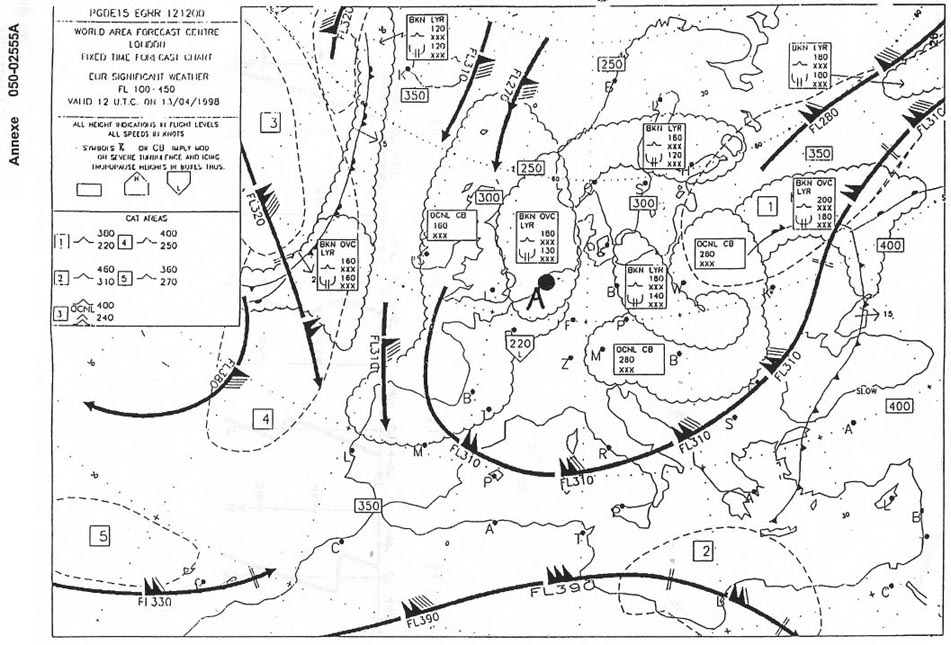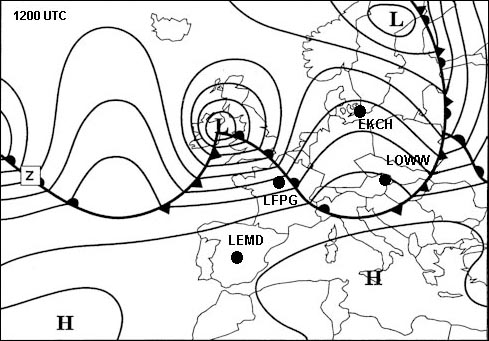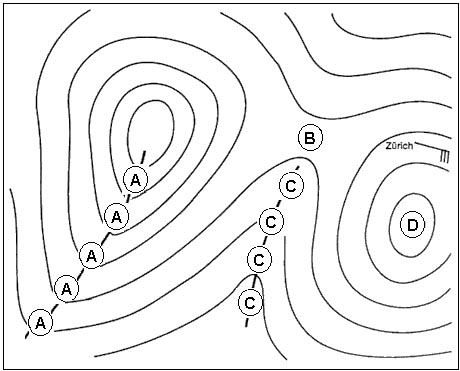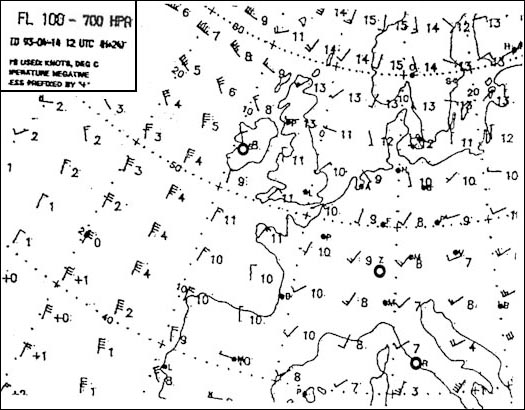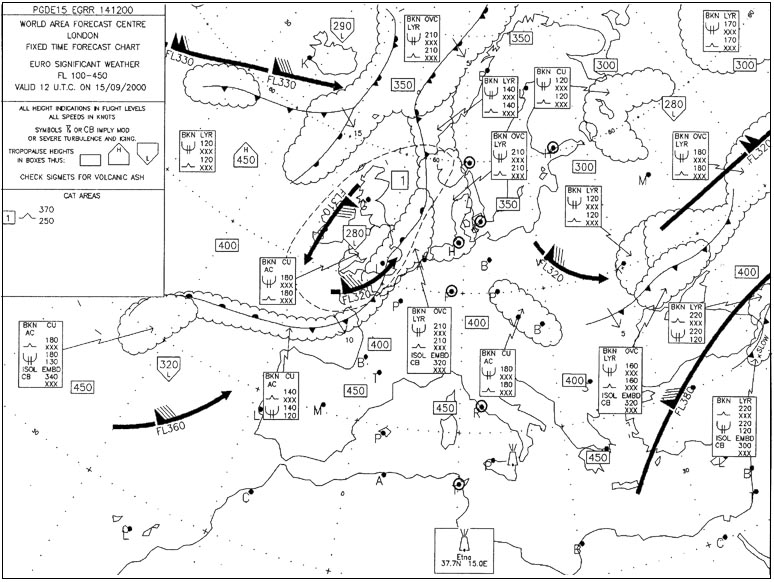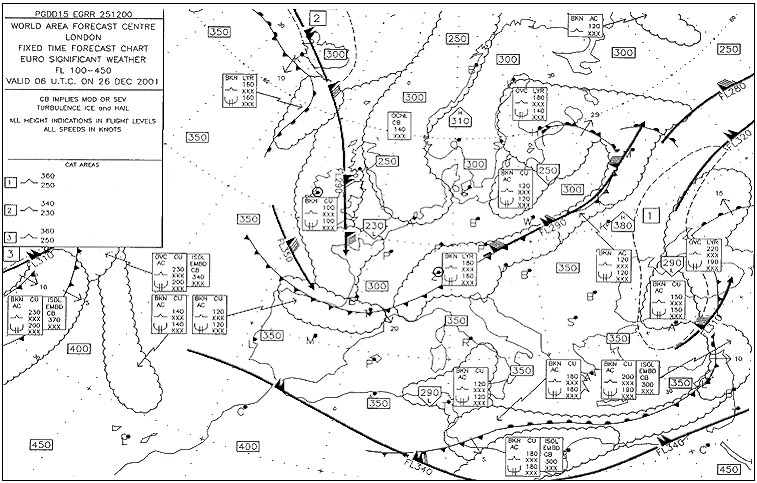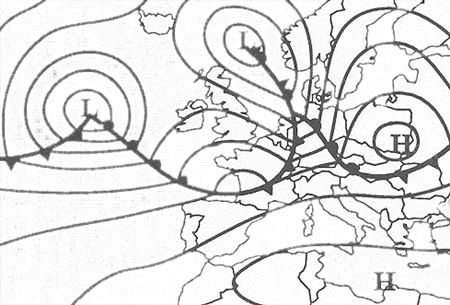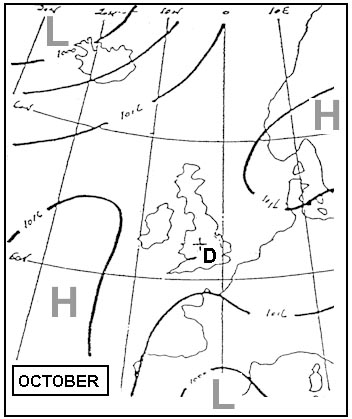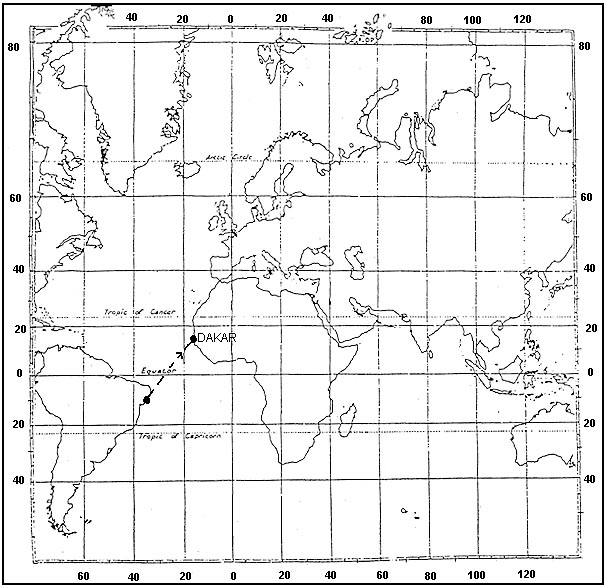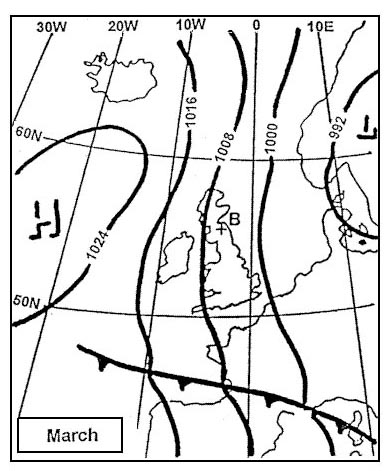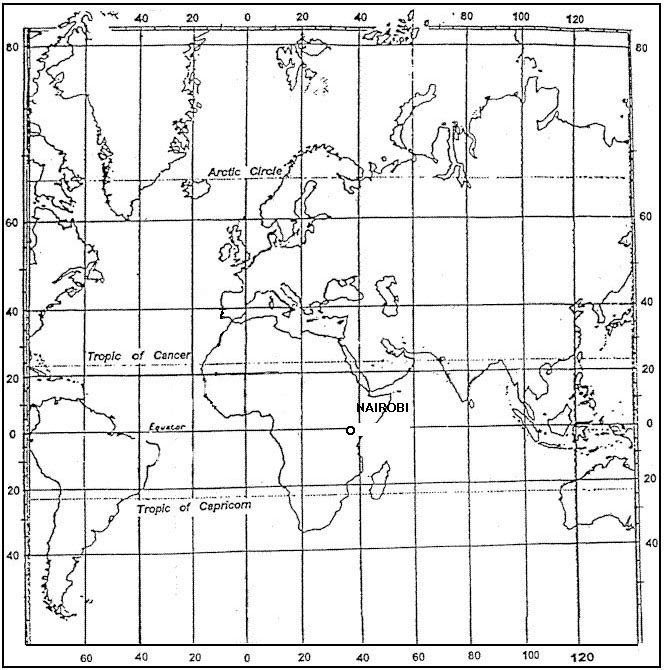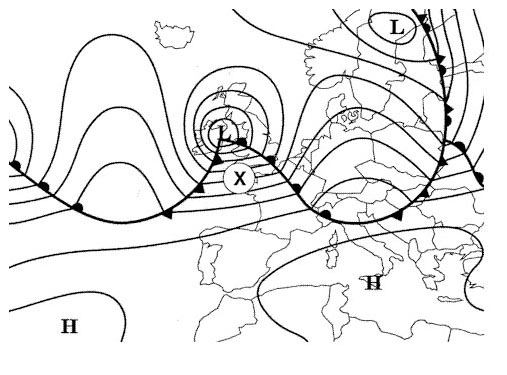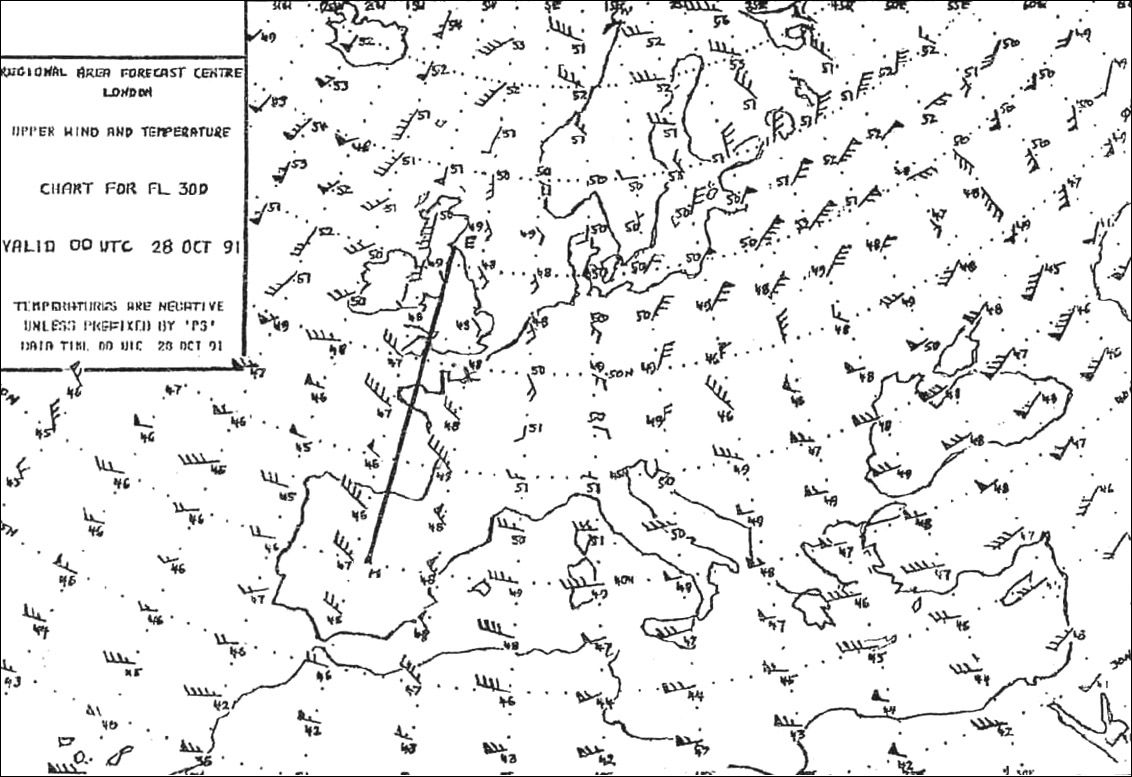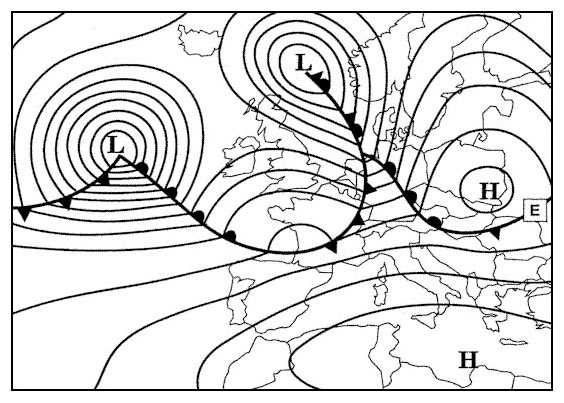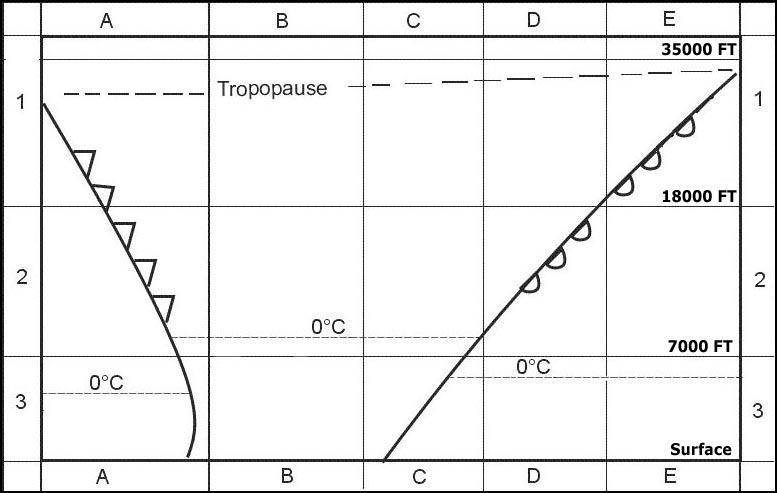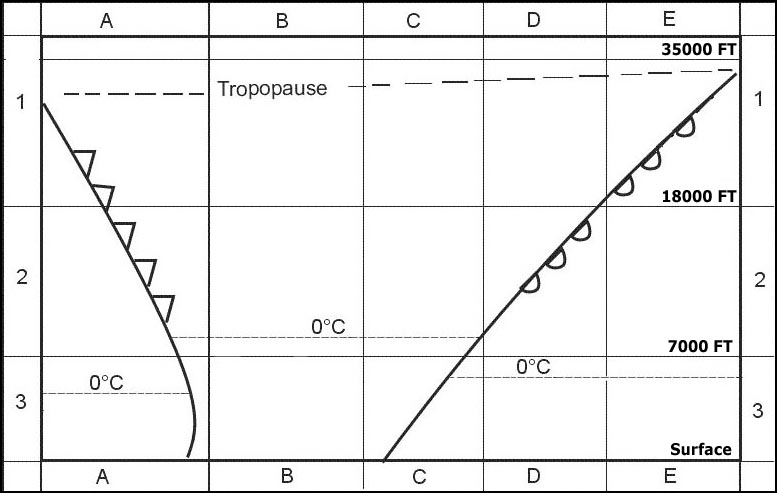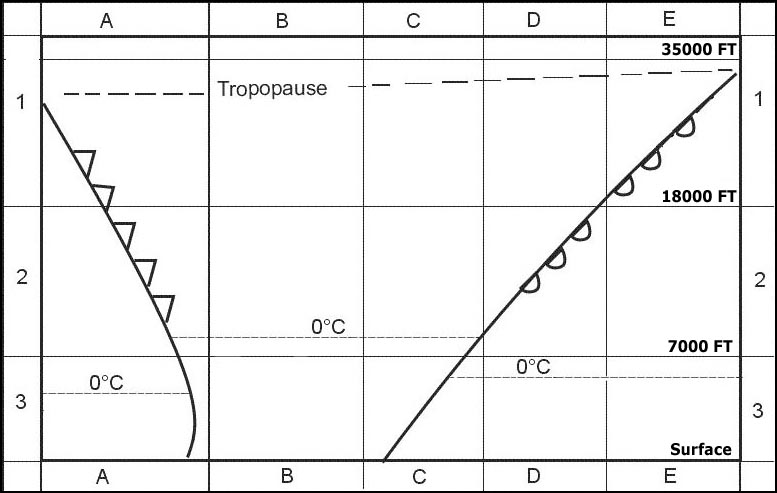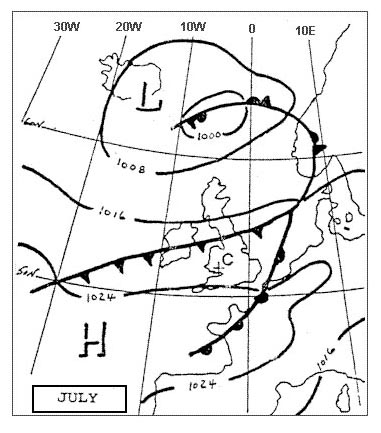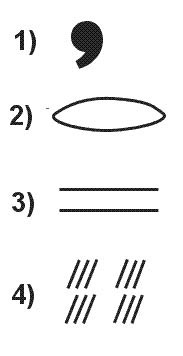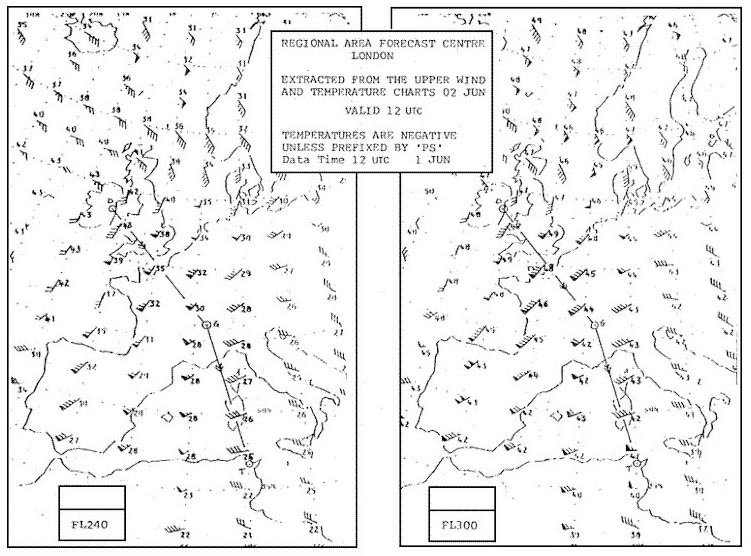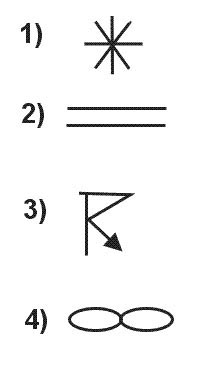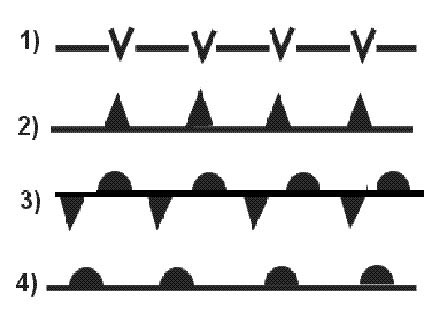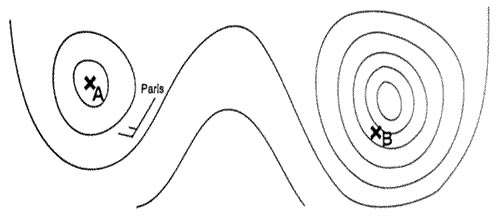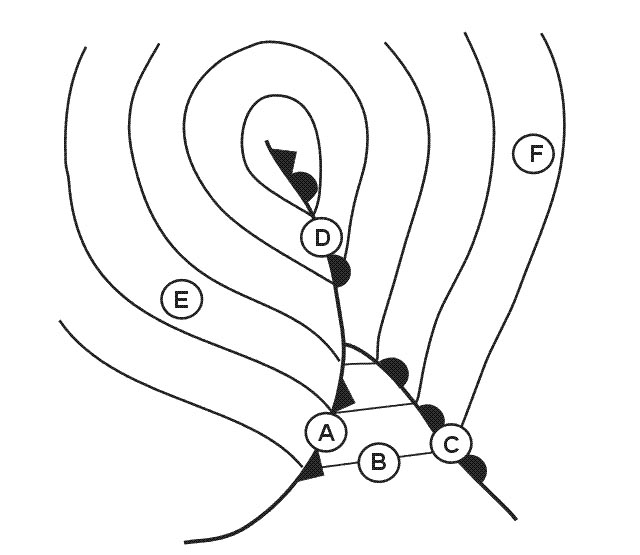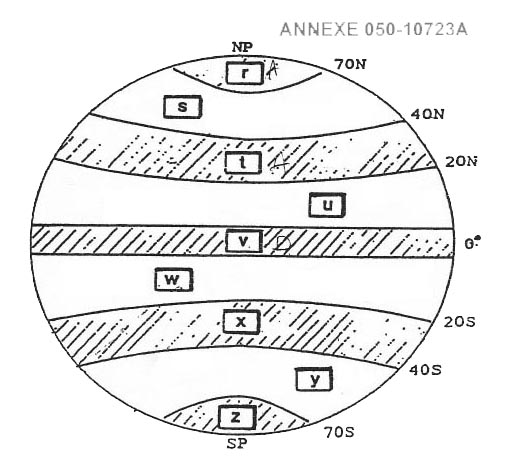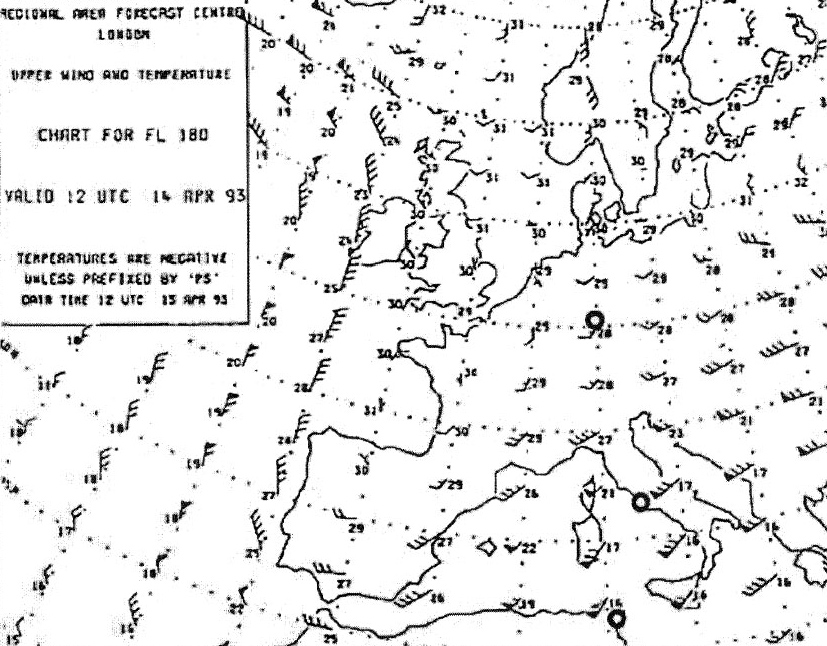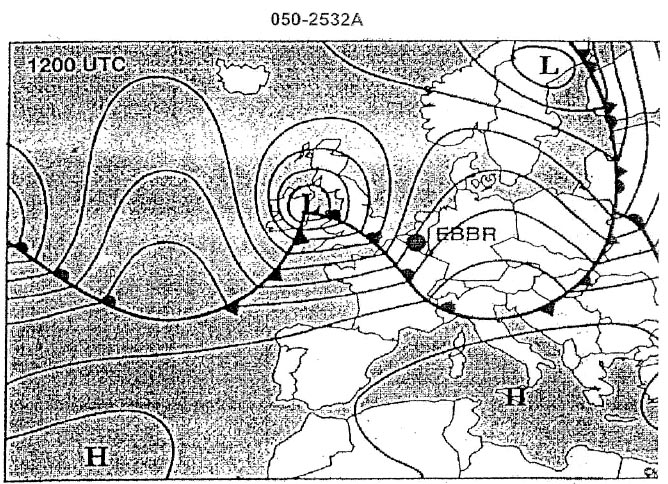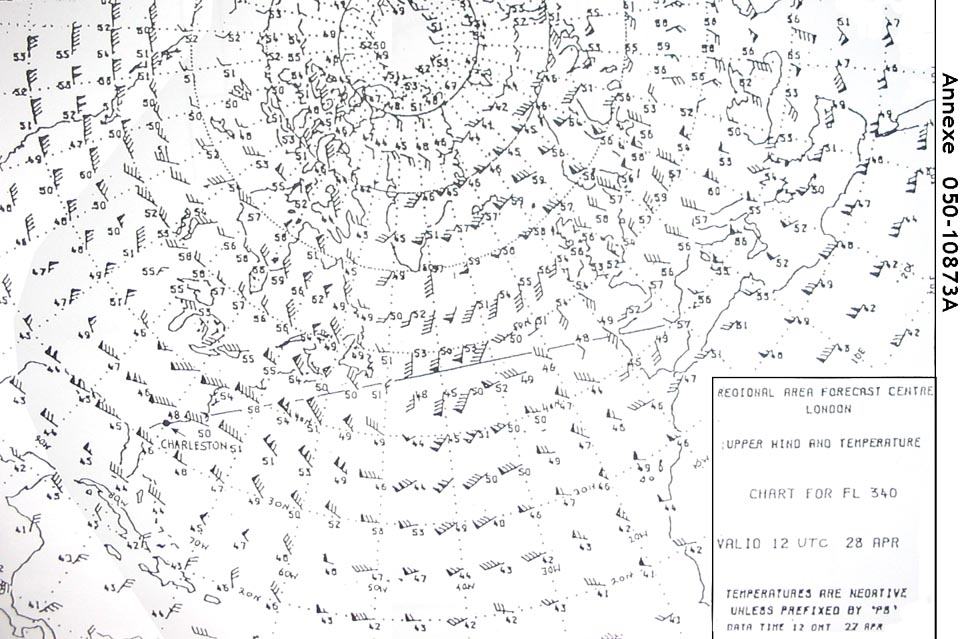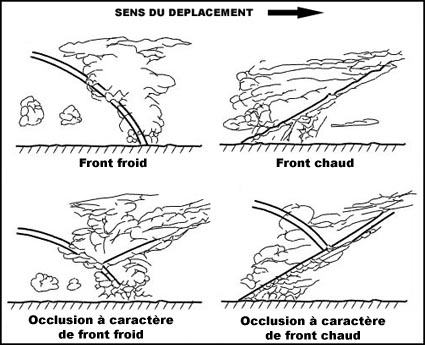Question 179-1 : Which of the aeronautical chart symbols indicates a basic non specified navigation aid . 2513 ? [ Practice protocol ]
Question 179-4 : Which aeronautical chart symbol indicates a flight information region fir boundary . 2509 ?
Question 179-5 : Which aeronautical chart symbol indicates a control zone boundary . 2509 ?
Question 179-6 : Which aeronautical chart symbol indicates an uncontrolled route . 2509 ?
Question 179-7 : Which aeronautical chart symbol indicates the boundary of advisory airspace . 2509 ?
Question 179-8 : Which aeronautical chart symbol indicates a non compulsory reporting point . 2509 ?
Question 179-9 : Which aeronautical chart symbol indicates a compulsory reporting point . 2509 ?
Question 179-11 : Which aeronautical chart symbol indicates an unlighted obstacle . 2509 ?
Question 179-12 : Which aeronautical chart symbol indicates a lighted obstacle . 2509 ?
Question 179-13 : Which aeronautical chart symbol indicates a group of unlighted obstacles . 2509 ?
Question 179-14 : Which aeronautical chart symbol indicates a group of lighted obstacles . 2509 ?
Question 179-15 : Which aeronautical chart symbol indicates an exceptionally high unlighted obstacle . 2509 ?
Question 179-16 : Which aeronautical chart symbol indicates an exceptionally high lighted obstacle . 2509 ?
Question 179-17 : What is the meaning of aeronautical chart symbol n°15 . 2509 ?
Question 179-18 : What is the meaning of aeronautical chart symbol no 16 . 2509 ?
Question 179-19 : Which aeronautical chart symbol indicates an aeronautical ground light . 2509 ?
Question 179-21 : Given .a polar stereographic chart of the northern hemisphere whose grid is aligned with the zero meridian .grid track 344° longitude 115°00'w calculate the true course ?
Question 179-22 : A straight line is drawn on a lamberts conformal conic chart between two positions of different longitude .the angular difference between the initial true track and the final true track of the line is equal to ?
Question 179-23 : If the chart scale is 1 500 000 what earth distance would be represented by 7 cm on the chart ?
Question 179-24 : What is the constant of the cone for a lambert conic projection whose standard parallels are at 50°n and 70°n ?
Question 179-25 : On a direct mercator projection a particular chart length is measured at 30°n what earth distance will the same chart length be if measured at 60°n ?
A smaller distance

Question 179-26 : How does the scale vary in a direct mercator chart the scale ?
Increases with increasing distance from the equator
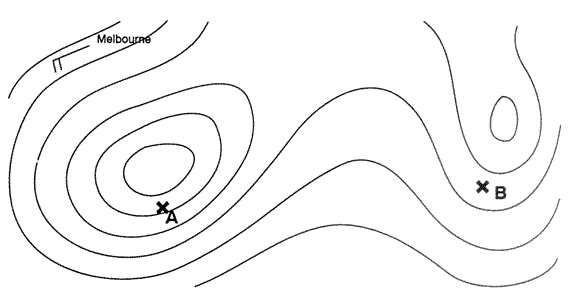
Question 179-27 : How does the chart convergency change with latitude in a lambert conformal projection ?
Question 179-28 : How does the convergency of any two meridians on the earth change with varying latitude ?
Question 179-29 : Grid heading is 299° grid convergency is 55° west and magnetic variation is 90° west what is the corresponding magnetic heading ?
Question 179-30 : Where on a direct mercator projection is the chart convergency correct compared to the earth convergency ?
At the equator
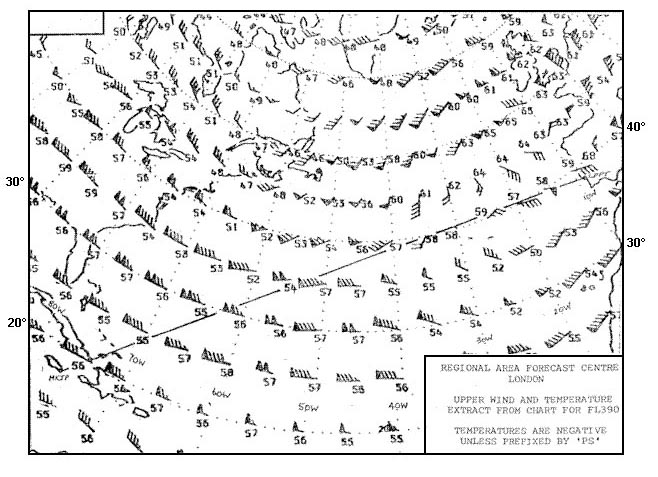
Question 179-31 : A route a to b is drawn on a polar stereographic chart with the grid aligned with the greenwich meridian the true track of the straight line at a is 060° when passing the meridian 100°e the true track is 090° .the grid track of this route on the chart is ?
Question 179-32 : The standard parallels of a lambert chart are 26°n and 48°n and the stated scale is 1 2 500 000 .which statement is correct ?
Question 179-33 : Which statement is correct about the scale of a polar stereographic projection of the northern polar area ?
The scale reaches its minimum value at the north pole
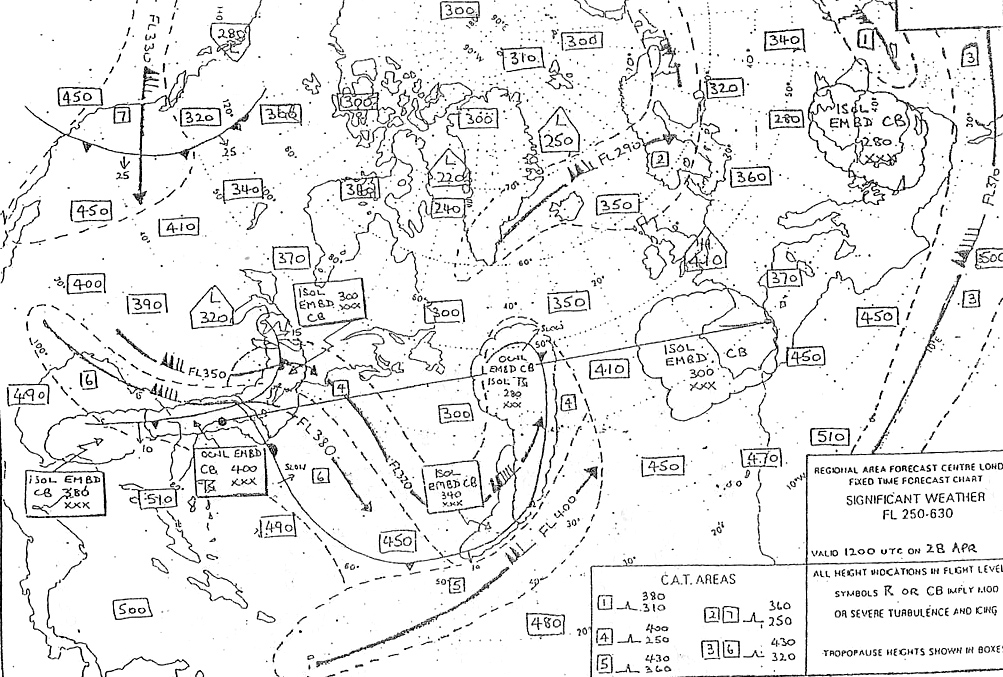
Question 179-34 : Which statement is correct about the scale of a lambert projection ?
The scale reaches its minimum value at the parallel of origin

Question 179-35 : A route is flown from 80°s 100°w to 80°s 140°e at 180°e/w the grid track gt and true track tt on a polar stereographic chart whose grid is aligned with the greenwich meridian are respectively ?
Question 179-36 : A route is flown from 85°s 100°e to 85°s 140°w at 180°e/w the grid track gt and true track tt on a polar stereographic chart whose grid is aligned with the greenwich meridian are respectively ?
Question 179-37 : The positions a 30°00'n 017°30'e and b at longitude 30°00'n 023°30'e are plotted on a lambert chart with a constant of the cone of 0 5 .a and b are connected by a straight line .the true track measured at a is 088 5° .what is the true track measured at b ?
091 5°
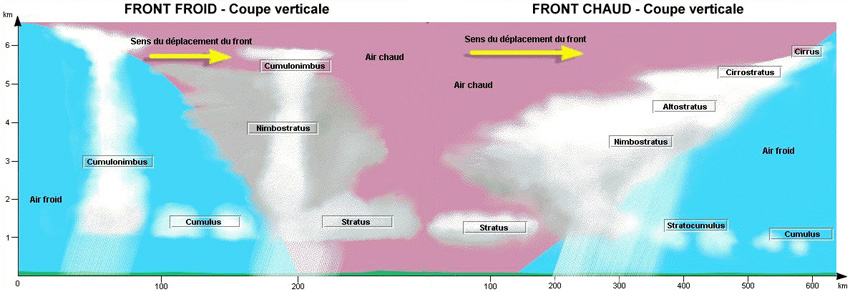
Question 179-38 : A route is flown from 85°s 100°e to 85°s 140°w at 160°e the grid track gt and true track tt on a polar stereographic chart with a grid orientated on the 180° meridian are respectively ?
Question 179-39 : A straight line from a 75°s 120°e to b 75°s 160°e is drawn on a polar stereographic chart when passing the meridian 155°e the true track is ?
Question 179-40 : On a mercator's projection the distance between 17°n 035°e and 17°n 040°e is 5 cm .the scale at 57°n is approximately ?
1 6 052 030
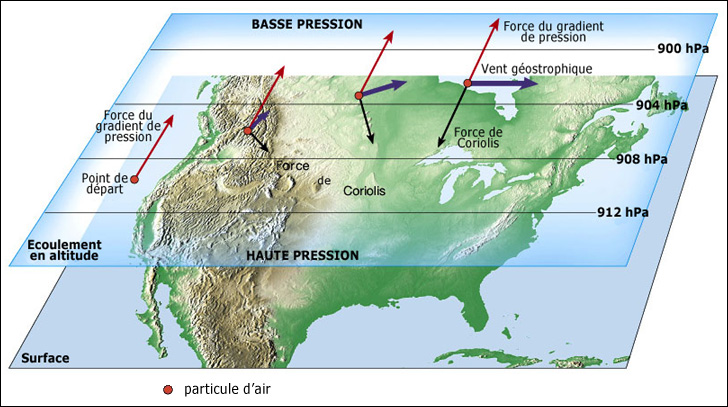
~
Exclusive rights reserved. Reproduction prohibited under penalty of prosecution.
7119 Free Training Exam

